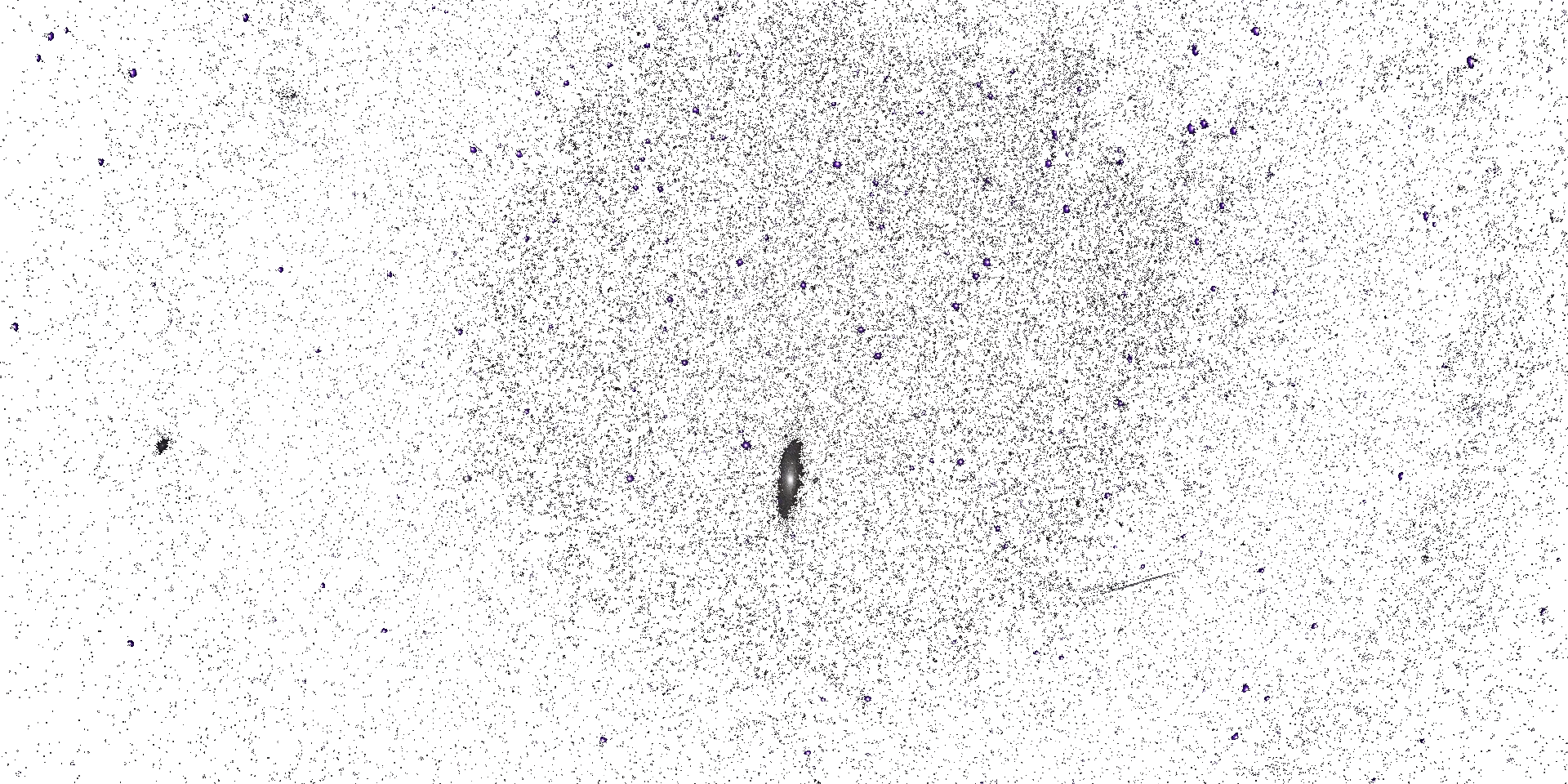




Space Climate 8 Meeting Abstract
Failed eruption stopped at the distance of 2 Rʘ from the photosphere.
Tomasz Mrozek (Centrum Badań Kosmicznych PAN)
Mrozek, T.[1], Bąk-Stęślicka, U.[2], Bicz, K.[2], Kołomański, S.[2], Kułaga, K.[2], Stęślicki, M.[1]
[1] Centrum Badań Kosmicznych PAN
[2] Instytut Astronomiczny, Uniwersytet Wrocławski
It is well known that not all solar flares are connected with eruptions followed by coronal mass ejection (CME). Even strongest X-class flares may not be accompanied by eruptions or are accompanied by failed eruptions. One of important factor that prevent eruption from developing into CME is strength of the magnetic field overlying flare site. However, few other factors should be considered like solar gravity, filament's internal magnetic tension etc. We present multi-instrument observations of exceptional eruption which was stopped in the LASCO C2 field of view, at the distance of 2 Rʘ from the photosphere. The eruption was observed by SDO\AIA, STEREO A and B, and RHESSI. We performed detailed analysis of eruption's DEM maps, kinematics from three points of view, and HXR emission. Moreover, magnetic fields from PFSS and NLFF models were investigated. This allowed us to analyse in details the energy balance of flare-eruption and episodes of acceleration and deceleration which occurs during the eruption at different heights, leading to stop the eruption eventually. The discussion of possible stopping mechanism from the perspective of existing models of CME start (flux rope catastrophe, torus instability, breakout reconnection) will be presented.
Mode of presentation: oral (Need to be confirmed by the SOC)
